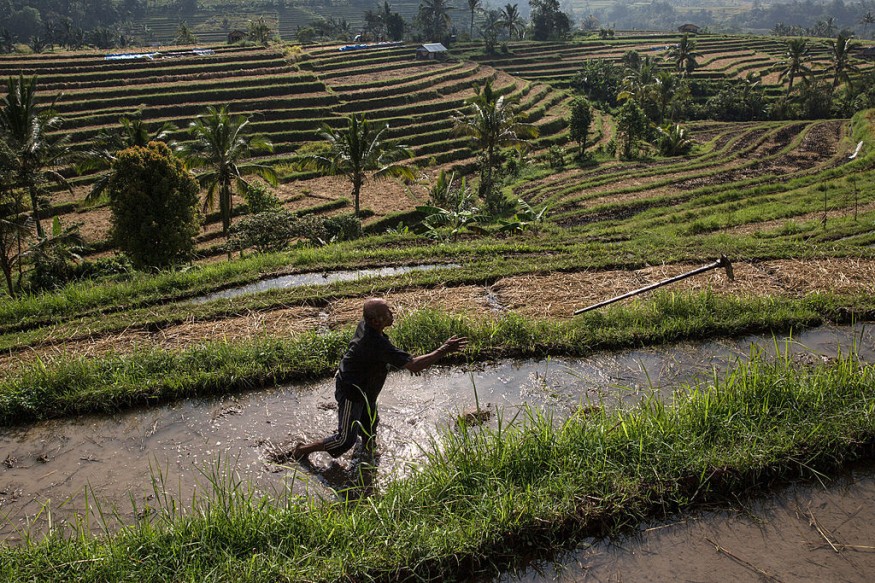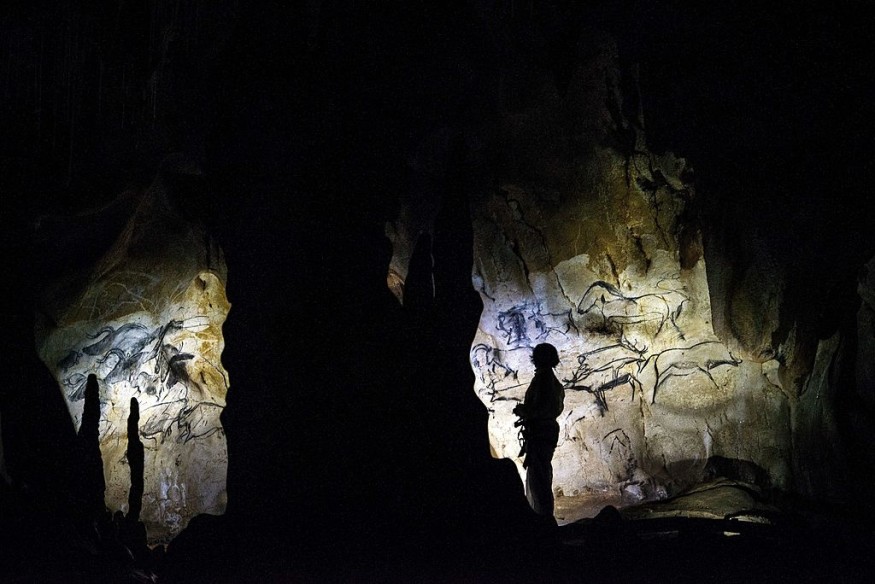Over 50 Historical UNESCO Heritage Sites At Risk Due to Climate Change
A new report shared by Art News has identified several of the world's ancient and historical architectural sites, known as UNESCO World Heritage sites, to be under major risk due to climate change.
Conducted by climate risk firm Climate X, the report looked at the vulnerability of all 1,223 UNESCO sites globally. It said that 50 sites pose a high risk due to climate hazards such as tropical cyclones, extreme heat, and flooding.
Architectural Heritage At Risk of Peril
According to the report, this includes Indonesia's ninth-century Subak irrigation system, an ancient engineering structure that is severely threatened by drought, extreme heat, and rising flood levels.

Then, France's Cave of Pont d'Arc, which houses some of the world's earliest known cave paintings and is an exceptional example of prehistoric architecture threatened by flooding and landslides.

In the United Kingdom, four architectural heritage sites have been identified as particularly vulnerable. Scotland's iconic Forth Bridge, the uninhabited island of St Kilda in the Hebrides, New Lanark's historic mill village, and Yorkshire's Studley Royal Park are all facing risks from coastal flooding, landslides, and severe storms.

Experts warn that the loss of these sites would have far-reaching consequences for both tourism and cultural identity.
Alison Tickell, director of the environmental charity Julie's Bicycle, has called for a need to protect these sites. "This report is a clarion call to the dangers of climate change, already wreaking terrible destruction on places and communities," she said. The call to action has prompted cultural leaders to push for greater involvement from the arts and heritage sectors in climate change efforts.
The UK government-funded study plans to come up with protection strategies for the architectural treasures, potentially setting a precedent for global heritage conservation efforts.
Related Article : Top 5 Impossible Ancient Structures Explained
Fischer Homes on the Future of Personalized Home Design

Architecture's Response to the Seven Million Homes Shortage

Travis Scott Slams Victory Boyd in Explosive 'Telekinesis' Lawsuit: 'She Lied on Copyright'

From Digital Models to 3D-Printed Homes: Jaspreet Kaur Lall Explains How the Innovation Changes the Construction Industry

Future Belongs to Green Construction: Sampath Kumar Paspunoori Explains One of the Key Trends in the Construction Industry










